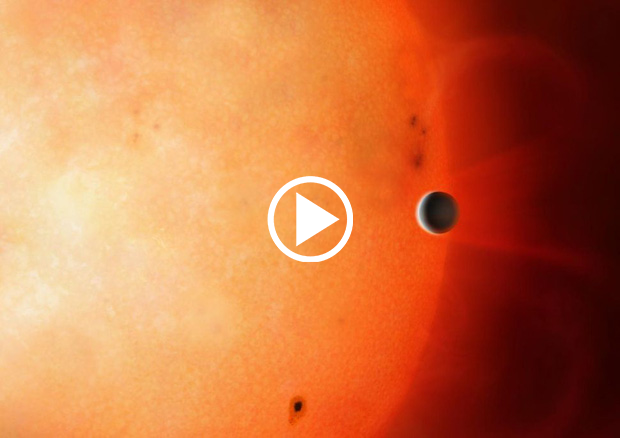Astronomers have discovered an extrasolar planet, and the planet is so rare that they call it a “forbidden planet”.
According to CNN, the planet is technically NGTS-4b. It is three times as massive as Earth and 20% smaller than Neptune. It is hotter than Mercury when it has a temperature of up to 1000 degrees Celsius. The planet also has its own atmosphere.
An international team of astronomers used an observing facility called the Next Generation Transit Survey (NGTS) to uncover the mysterious little planet.
Its mass is 20 times that of Earth and it orbits its star once every 1.3 days.
The detailed study of this “forbidden planet” was published on May 27 in the journal Monthly Notices of the Royal Astronomical Society.
The planet’s announcement comes after astronomers discovered extrasolar planets 18 times larger than Earth last week.
NGTS-4b is the first extrasolar planet found in the Neptune Desert. It is not a desert area on Neptune. It is a region close to the stars where there are no planets the size of Neptune.
Here, the stars emit radiation into the planets, so the planets cannot maintain gaseous atmospheres. They evaporate and only the rock core remains. However, NGTS-4b has a gaseous atmosphere.
Astronomers believe the planet has moved through the Neptune Desert region over the past million years, or that the planet was once larger than it is now and the atmosphere is changing. to evaporate.
“This planet must be very hard. It sits in the region that we think of as massive planets like the stars,” said Richard West, study author and senior researcher in the Department of Physics at the University of Warwick. Neptune cannot exist. the fact that we find a planet in transit through a star that darkens to only 0.2% is truly remarkable. I have done it before “.
“We’re now looking at the data to see if other planets can be seen in the Neptune Desert,” Mr. West said.


